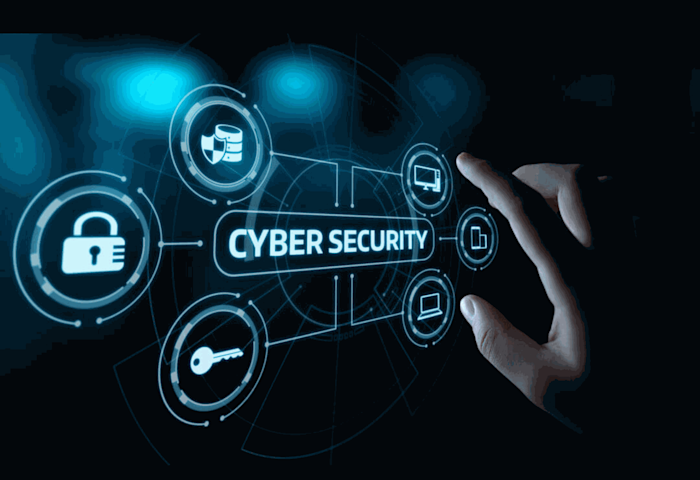
Electronics Testing for Consumer Products: An Introductory Guide for Manufacturers
The right testing protocol will ensure your products or components meet all necessary quality standards. This reduces your risk and increases the certainty of getting your products to market. This overview will help you get up to speed with the process of testing electronics for consumer products so you can make the right testing decisions for your operations.
Overview: What Is Electronics Testing for Consumer Products?
Electronic testing for consumer products involves a series of evaluations and examinations conducted on electronic devices to ensure they meet specific safety, quality, and regulatory standards before being released to the market.
This process can include testing for electrical safety, functionality, compatibility with other devices, and compliance with international standards. The goal is to ensure that consumer electronics are safe for use, perform as intended, and do not interfere with other devices, while also meeting legal and industry requirements.
Partnering for Electronics Testing Needs
Manufacturers work with third-party experts and testing laboratories to ensure their products meet quality standards and are compliant with the regulations of their destination market.
Clarity on Standards - Understanding What Standards Are Applicable
Third-party experts know the latest requirements for various product types and destination markets and will help you determine which standards are applicable to your products.
There's a vast array of testing standards for consumer electronic products, varying by product type, region, and specific application. In addition, standards change frequently - especially in a fast-moving industry like technology.
Overview of Main Standard Groupings
International Standards: Such as those from the International Electrotechnical Commission (IEC) and the International Organization for Standardization (ISO). These cover general safety, performance, and environmental aspects.
EN Standards: Applicable to products sold within the European Economic Area (EEA). Compliance with EN standards is often mandatory for gaining CE marking, which certifies that a product meets the EU's safety, health, and environmental protection requirements.
Regional Regulations: Examples include the RoHS Directive (European Union), FCC regulations (USA), and others, each catering to specific regional regulatory requirements.
These are just a few examples of standards and regulations that may apply to your products. Testing experts will be able to advise you on which standards to follow and how.
Guidance on Testing Procedures - Knowing What Tests to Perform
Testing procedures for electronic products vary significantly based on the quality and compliance standards that need to be met based on your product type and destination market. A testing expert can help you know exactly what tests are needed.
For example, compliance with safety regulations often means meeting a minimum acceptable limit, and determining this requires properly calibrated testing methods. For example, under the Restriction of Hazardous Substances (RoHS) Directive in the European Union, there are strict limits on the use of certain hazardous substances in electrical and electronic equipment. One specific example is the limit on lead (Pb) content, which cannot exceed 0.1% (1000 ppm) of the product's total weight. This requirement necessitates conducting precise and accurate tests to measure the levels of lead in electronic components and products to ensure compliance with RoHS.
Impartial Reports - Having Objective Results You Can Trust
Reputable third-party testing laboratories have built-in procedures to ensure you get accurate and unbiased results. This gives you and your customers confidence that the results accurately reflect your product quality.
In addition, certifications can be issued for applicable products and standards. For example, the IECEE CB Certification Scheme allows manufacturers to obtain multiple national safety certifications for their products. Under this scheme, a product tested can receive a CB Test Certificate and Report for electrical safety and electromagnetic compatibility (EMC).
In cases where a product fails to meet the necessary standards, test reports can offer invaluable insights into specific areas of improvement, guiding manufacturers in making the necessary adjustments to achieve compliance.
How Does The Testing Process Work?
The testing process starts with guidance on what tests you need and ends with a formal report detailing the test results. The process is adapted to meet your needs depending on what stage you’re in. These are the main steps of the testing process:
Identify Applicable Standards and Regulations: Begin by determining the specific international and local standards and regulations that apply to your electronic product, depending on its type and target markets.
Submit Product Samples for Testing: Provide the testing laboratory with samples of your product.
Conduct Testing: The laboratory will carry out the agreed-upon tests, documenting the results.
Receive and Review Reports: Upon completion of testing, review the detailed reports provided by the laboratory.
Achieve Certification (if applicable): For standards that offer certification, complete the necessary steps to receive certification marks or documents from the testing laboratory, confirming your product's compliance.
Finding A Testing Partner
QIMA is a full-service testing partner for some of the world’s biggest brands. With offices and laboratories around the world, we’re able to help our partners meet their quality standards and ensure regulatory compliance for their electronic products.
We know you have several potential testing partners to choose from, which is why we strive to be better in every aspect, from quality of service to price.
Discover more about our electronic testing services or contact us today to schedule a test. With QIMA's support, you can confidently navigate the complexities of electronic product compliance, safeguarding your brand's reputation and ensuring customer trust.
Related Articles


